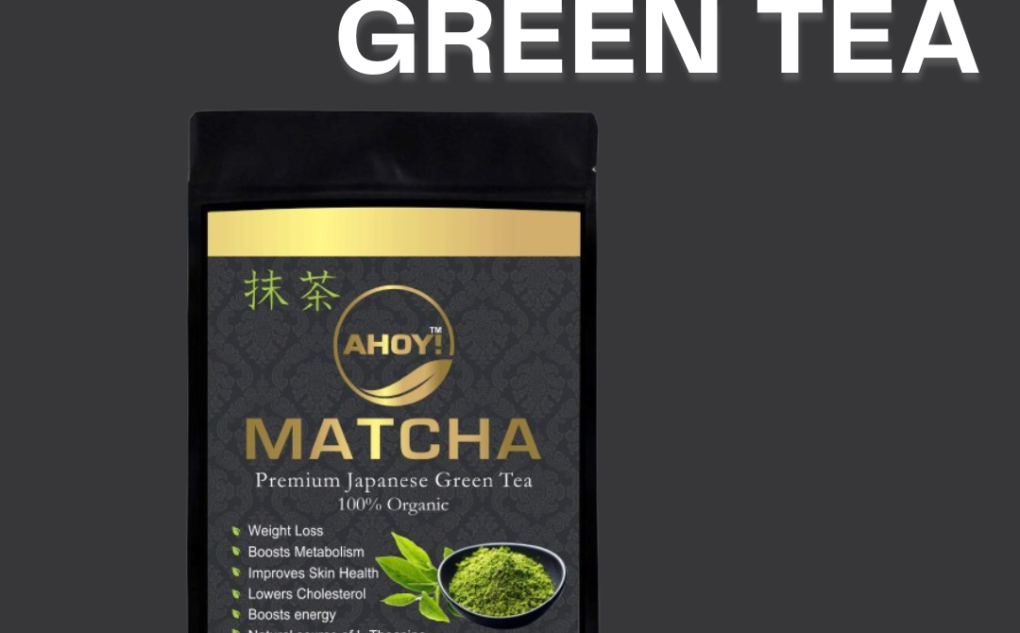Matcha, the vibrant green tea powder from Japan, has captivated the hearts of tea enthusiasts worldwide. Renowned for its rich flavor, health benefits, and cultural significance, Matcha stands out as a unique and revered tea. In this blog, we will delve into the origins, preparation, health benefits, and various uses of Matcha Japanese Green Tea.
The Origins and Cultural Significance of Matcha
Matcha’s history is deeply intertwined with Japanese culture. Originating from the Tang Dynasty in China, the tea-drinking practices were brought to Japan by Buddhist monks in the 12th century. These monks used Matcha to enhance their meditation practices due to its calming and focusing properties. Over the centuries, Matcha became an integral part of Japanese tea ceremonies, symbolizing harmony, respect, purity, and tranquility.
The Unique Production Process
What sets Matcha apart from other green teas is its meticulous production process:
Shading: About 3-4 weeks before harvest, tea plants are shaded from direct sunlight. This increases chlorophyll production, giving the leaves their vibrant green color and enhancing the amino acid content, particularly L-theanine.
Harvesting: Only the youngest, most tender leaves are hand-picked.
Steaming: The leaves are quickly steamed to prevent oxidation, preserving their green color and fresh flavor.
Drying and Grinding: The leaves are dried and then ground into a fine powder using traditional stone mills.
Health Benefits of Matcha
Matcha is not only celebrated for its unique flavor but also for its impressive health benefits:
Rich in Antioxidants: Matcha is packed with catechins, particularly epigallocatechin gallate (EGCG), which are potent antioxidants that help fight free radicals in the body.
Boosts Metabolism: The combination of caffeine and catechins in Matcha can enhance metabolism and promote fat burning.
Enhances Calm and Focus: L-theanine, an amino acid in Matcha, promotes relaxation and improves focus without the jittery effects of caffeine.
Detoxifies the Body: The chlorophyll in Matcha helps detoxify the body by removing heavy metals and toxins.
Supports Heart Health: Regular consumption of Matcha can improve cholesterol levels and reduce the risk of heart disease.
How to Prepare Traditional Matcha
Preparing Matcha is an art that involves a few key steps:
Sift the Matcha: Use a fine mesh sifter to sift 1-2 teaspoons of Matcha powder into a bowl. This prevents clumping and ensures a smooth tea.
Add Water: Pour a small amount of hot water (not boiling, about 175°F or 80°C) over the Matcha powder.
Whisk: Use a bamboo whisk (chasen) to whisk the Matcha in a zigzag motion until it becomes frothy. This process helps to fully dissolve the powder and create a creamy texture.
Serve: Enjoy your Matcha straight from the bowl or pour it into a cup.
Creative Uses of Matcha
Beyond the traditional tea preparation, Matcha’s versatility allows it to be used in various culinary delights:
Lattes: Matcha lattes, made with milk or plant-based milk, offer a creamy and delicious alternative to coffee.
Smoothies: Add a teaspoon of Matcha to your favorite smoothie for an antioxidant boost.
Baking: Incorporate Matcha into cakes, cookies, and muffins for a unique flavor and vibrant color.
Savory Dishes: Matcha can be used in sauces, salad dressings, and even as a seasoning for savory dishes.
Conclusion
Matcha Japanese Green Tea is a treasure trove of flavor, tradition, and health benefits. Its journey from the shaded fields of Japan to your cup is a testament to the dedication and craftsmanship of tea growers. Whether enjoyed in a traditional ceremony or as a modern latte, Matcha offers a unique experience that nourishes both body and mind. Embrace the spirit of Matcha and savor the moment with every sip.

